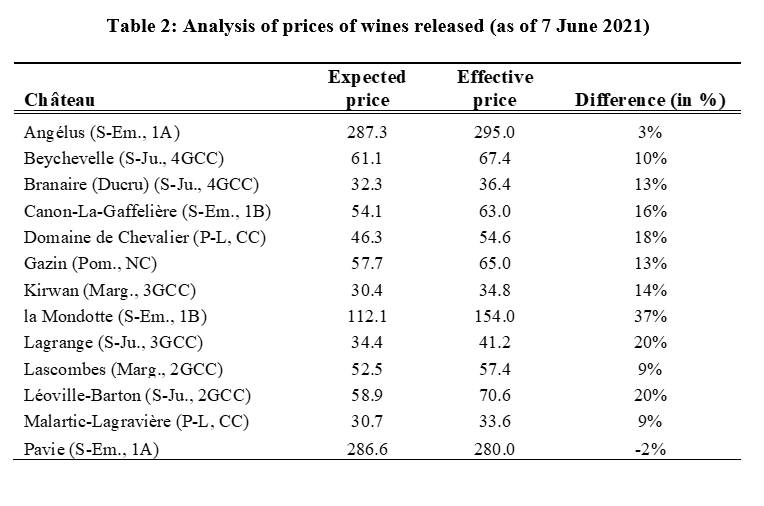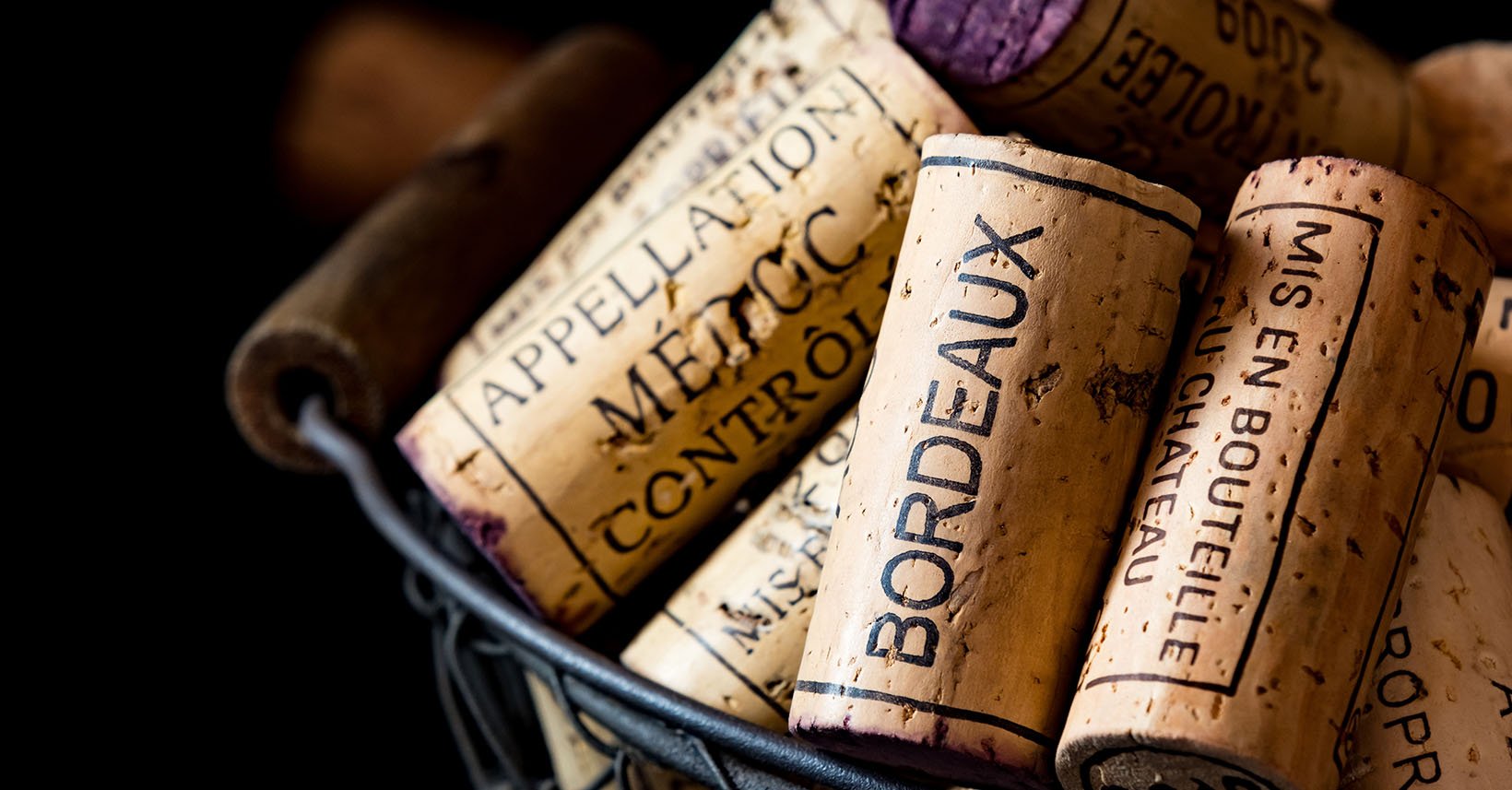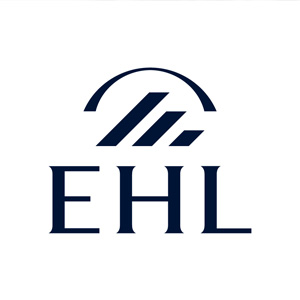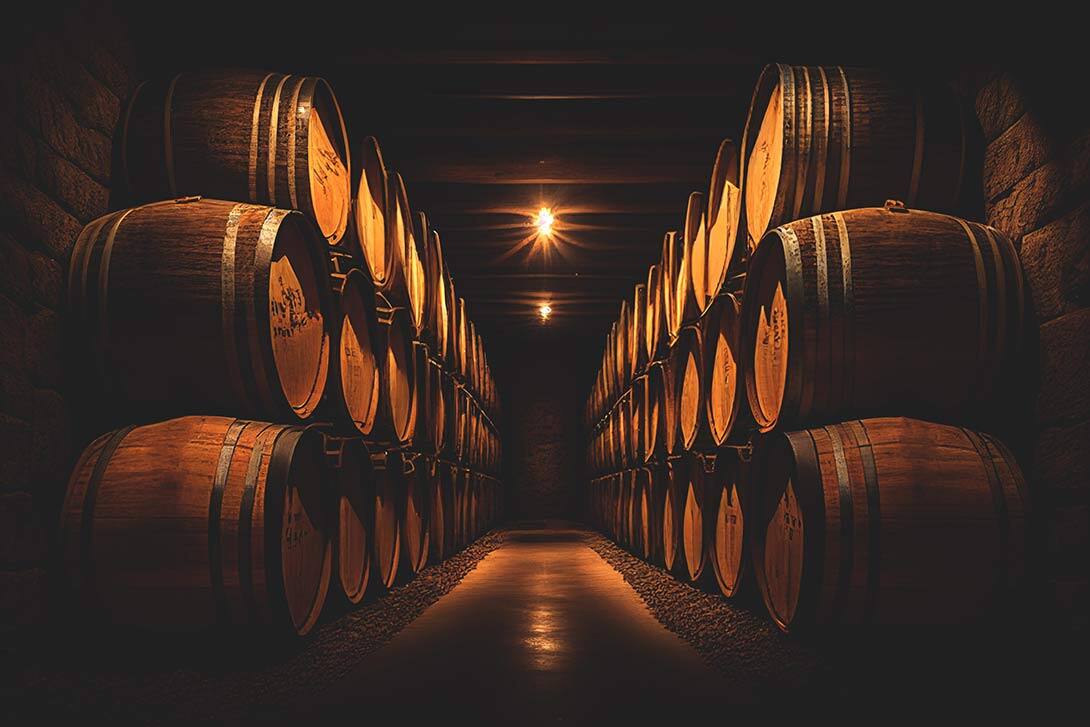This article aims to analyse the Bordeaux wine market's current state and estimate reasonable release prices for the current en-primeur campaign. (1)
In Bordeaux, each year follows an immutable rhythm: the two high points are the harvest of the latest vintage, followed by its market release the following spring during the "en-primeur" campaign (this refers to buying wine whilst still in its barrel, with bottling and physical delivery 2-3 years after the vintage release). This campaign is a finely organised system but is nevertheless subject to important sources of uncertainty. They arise because the en-primeur sale involves an unfinished product of uncertain quality surrounded by an unknown economy and wine market between the en-primeur sale and delivery moments. In practical terms, the question of the fair price at which a wine should be sold on the en-primeur market is fundamental but complex.
The 2020 vintage follows an extraordinary decade
Following a price decline period between 2011 and 2016, the Bordeaux market rebounded in 2016 due to the impetus of a great 2015 vintage. This was followed by an even better 2016, for which prices increased substantially but not excessively. 2017 was marked by frost. Lower quantities encouraged the châteaux to maintain prices close to 2016 despite the lower quality. In Bordeaux, demand, and therefore prices, depend mainly on quality and less on quantity. Poor sales thus unsurprisingly characterised the 2017 en-primeur campaign. The 2018 vintage, sold as exceptional, saw sometimes significant price increases even though price levels were already very high. While the quality should have generated solid demand, this was not the case - the fault of the overly greedy châteaux.
Last year, the pandemic and lockdowns almost led to the cancellation of the en-primeur campaign. In the end, a postponed and shortened campaign took place. Thanks to exceptional quality and reasonable prices, it was a success. The pandemic forced the châteaux to make an effort on prices while giving them an excellent excuse to do so. Here lies the paradox: prices had to be lowered to ensure a successful campaign while being careful not to send too strong a signal to the market at the risk of making the many available wines of 2017 and 2018 unsellable. This historical digression illustrates the variability of prices, demand and the success of the marketing of Bordeaux wines.
Back to normal?
The 2020 vintage is benefiting from more favourable external conditions than 2019, but it is hard to speak of "normality". This year, the wine tastings took place remotely with samples sent to experts around the world and accompanying video conferences between tasters and producers. Moreover, restaurants are just getting back into business and uncertainty about the economic recovery remains high. In summary, over the past 12 months, the situation has improved, fine wine prices have remained solid and the quality of the 2020 vintage looks excellent but heterogeneous. There will be a few great market focus wines when they are released.
On the other hand, it is unknown how the market will react to this unique succession of three excellent vintages in a row. This is unprecedented and raises the question of the market's capacity to absorb such a considerable volume of grands crus so quickly. The inter-regional balance within the market should not be overlooked either. Between 2011 and 2016, Bordeaux wine experienced a price contraction while Burgundy soared. Since 2018, Italian wines (Piedmont and Tuscany) have been rising strongly. We are in a rebalancing phase and can ask ourselves if the "Bordeaux bashing" phenomenon is over.
How to determine a fair price?
In a recent study (2), we proposed a model to estimate the fair price of 69 prestigious Bordeaux wines at the time of their release. The approach is based on the principle that prices on the primary (en-primeur) and secondary (bottles from past vintages) markets cannot sustainably diverge. The model includes this secondary market, variables measuring the economic situation, the quality of the vintage and of the wine concerned, and its volatility (some wines have stable prices whereas others fluctuate strongly according to the vintage).
Below we use this model to estimate the fair prices of these wines for the 2020 vintage. The model used allows us to explain around 80% of the price variations of these wines. Table 1 presents the results of the analysis qualitatively. The variables ([1a] to [1d]) capture the general effect on vintage prices, while the second variables ([2a] to [2e]) allow us to predict the prices of individual wines.
Table 1 shows that it is impossible to analyse a specific wine without putting it into a more general context. The quality of the vintage, but also of its predecessor, plays an important role. The evolution of prices on the secondary market from one year to the next also directly impacts release prices. At the individual level, an increased score compared to the previous vintage can support higher prices, especially for wines that were previously not among the best. Finally, some wines - typically the most expensive - tend to be more sensitive to these various variables.
Table 1: Presentation of the key results of the model

Model predictions for the 2020 vintage
The model suggests that a price stabilisation relative to the 2019 vintage would be reasonable. Further, considering the exceptional circumstances surrounding the release of the 2019 vintage, a slight increase (in the order of 5% to 10%) in prices over 2020 compared to 2019 would seem logical.
Table 2 shows the fair release prices - according to the model - and contrasts them with the actual prices for wines released before 7 June 2021. All but one of the wines were released at prices above what the model predicts. However, the differences are often reasonable. Nevertheless, some wines seem very expensive (La Mondotte, Léoville-Barton and Lagrange). For La Mondotte, the price had fallen sharply last year, so we can detect a desire to catch up with a marked increase in 2020. Knowing that it is still possible to find 2019 at a lower price than 2020, one wonders if the market will follow. This question seems all the more legitimate as some wines that had drastically lowered their prices last year have not increased much this year. This is the case of Malartic-Lagravière, which, after a drop of more than 20% last year, is content with a 9% increase this year.
Table 2: Analysis of prices of wines released (as of 7 June 2021)

At this stage, most of the price increases for the 2020 vintage remain moderate, which is consistent with the model. It suggests that the most significant price increases relative to the 2019 vintage should not exceed 10%, but for a few wines such as rare Pomerols (e.g., Trotanoy, Vieux Château Certan), some of the first growths (Château Haut-Brion), and the vintage's great successes (Smith Haut-Lafitte). Of already released wines, some have increased their prices beyond this threshold. Early market signs suggest that these increases are excessive and have reduced demand for the wines. With the influx of great vintages in Bordeaux and elsewhere in Europe, it would be wise for those chateaux yet to be released not to be overly greedy and maintain attractive prices to ensure a successful campaign. This would be the best way to bring the wine market interest back to Bordeaux.
References
(1)A more detailed version of this article can be found at Euawe website.
(2) Masset, P., & Weisskopf, J.-P. (2021). At what price should Bordeaux wines be released? Economic Inquiry. https://doi.org/10.1111/ecin.12997

Associate Professor at EHL

Associate Professor of Finance at EHL Lausanne





